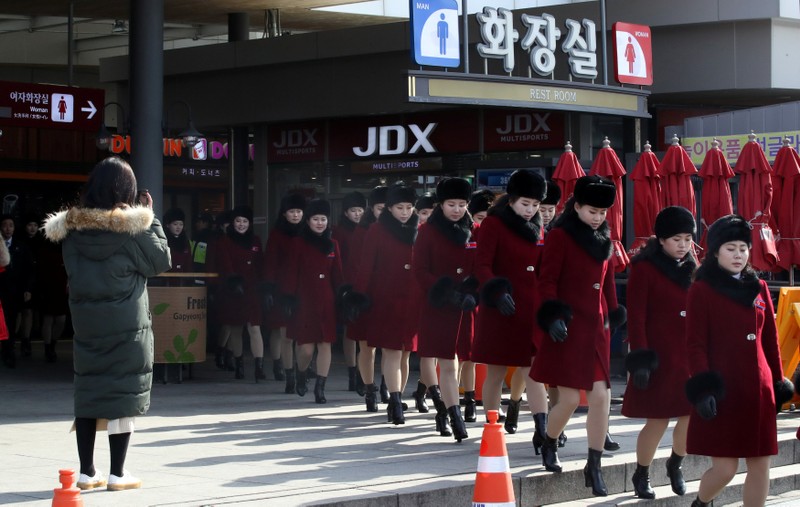
For a 59-year-old senior company executive living in a small town in the foothills of the Himalayas, investing in equities was previously never an option.
But since July last year, he has poured 50 percent of his savings, which were sitting in the bank, into mutual funds.
“I saw no other avenue to grow my money as I am going to be retiring soon,” the man, Chandramouli Kumar, told CNBC.
The changing habits of the formerly risk averse middle class in India, far from the financial capital of Mumbai, have caused quite a rally in the country’s stock market: Its benchmark Sensex index soared 28 percent year on year in 2017.
Domestic institutions, armed with funds from small and medium investors, have also spent almost 80 percent more on Indian stocks in 2017 than foreign portfolio investors, industry data showed. Even the current correction in the market has been stemmed as domestic investors continue to buy while the foreign institutions exit owing to global headwinds, said experts.
One of the reasons for this splurge is the under performance of other traditional asset classes like gold and real estate. Bank deposit and small savings interest rates have also gradually dropped from 9.5 percent to about 6 percent over the last few years, according to the industry.
“It’s not that they [retail investors] became risk lovers overnight,” explained Shantanu Awasthi, head of products and international business at Karvy Private Wealth.
Growing income levels in smaller towns, together with financial inclusion policies and a high profile advertising campaign from the Association of Mutual Funds in India (AMFI), are nudging people into the market, experts said.
The AMFI campaign is aimed at the common man and tries to break the idea that mutual funds are exclusively for the wealthy, by advertising the fact that investments can begin from as little as $8 a month.
“The whole purpose of the ad campaign was to make investing in mutual funds a part of the chat over chai [tea],” said AMFI Chairman A Balasubramanian, who is also chief executive of the Aditya Birla Sun Life Asset Management Company. “India needs larger contribution from retail investors, every citizen should be a part of wealth creation.”
The momentum has picked up. Retail assets under management at equity funds have more than doubled in the past two years, with investors from small towns contributing the most, industry data showed.
“The majority of our new customers are first-timers in the capital markets, many typically earn a salary of about $12,500 a year and live in cities other than the top 15,” said Vidya Bala, head of mutual fund research at FundsIndia.com.
Over the past week the Indian stock market has fallen close to 6 percent as foreign institutions have sold shares worth about $362 million. Indian institutions, however, have bought shares worth $265 million, according to newspaper reports, showing their commitment to staying invested for the long run.
One of India’s top bankers warned in an interview to a local newspaper in January that the earlier surge in stock prices posed the risk of a “bubble” as a lot of domestic savings entered the market.
For its part, market watchdog Securities and Exchange Board of India warned against over-selling the advantages of investing in the stock market through mutual funds.
According to media reports, it asked AMFI to tone down its advertising campaign.
“SEBI was just playing the devil’s advocate. They just want us to make people aware that market volatility can happen. As an industry player, I shouldn’t go overboard,” AMFI’s Balasubramanian told CNBC.
According to mutual fund researcher Bala, the rise in retail investments is making Indian markets less dependent on foreign “hot money” — short-term bets originating from other countries — but it is too early to say whether or not new Indian investors “are here for the long run.” She pointed out that many have not yet “tasted volatility.”
“It is very important to set their expectations right — that the current return on equities may not last,” Bala said.
Still, Awasthi said the situation doesn’t look like a bubble given India’s growth story.
“Seventy percent of India’s population is under 30 years of age. They will get jobs, spend on cars and houses and boost corporate earnings,” he said, pointing to India’s gross domestic product growth of 7 percent, making it one of the world’s fastest growing economies.
Awasthi added that investors are putting money into the equity market mainly through systematic investment plans, which allow regular small amounts to be invested instead of one-time lump sums. Such equity plans today stand at over $900 million, the highest ever, according to Karvy data.
“This constitutes sticky money and will provide a cushion against [foreign institutional investor] outflows,” Awasthi said.

